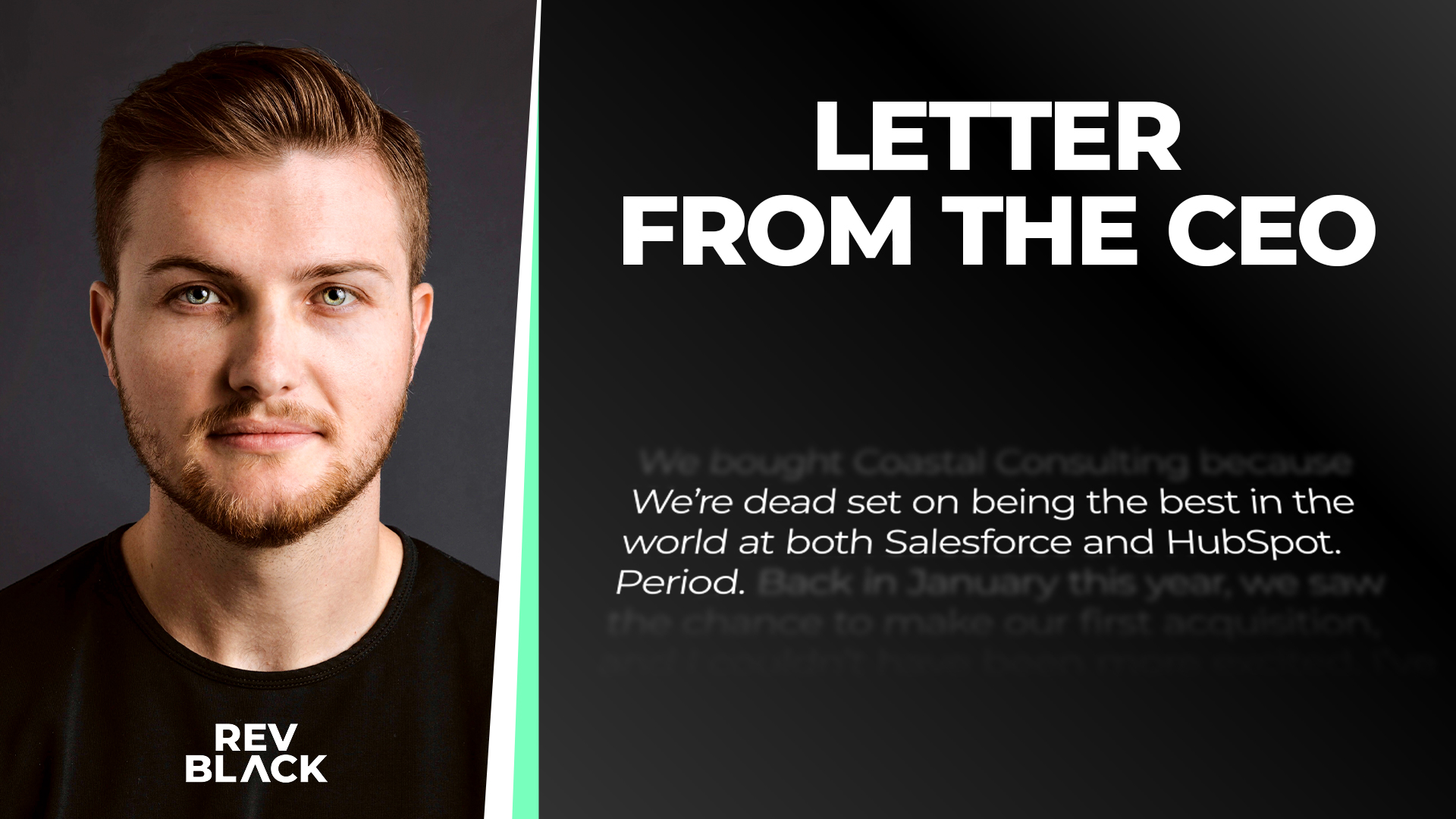Simple tactics to align with your customer success teams
Here are surefire tactics to support CS, reduce churn, and build loyalty.

Customer Success (CS) teams don’t always get their fair share of attention.
New Business is the spotlight act - new deals, the adrenaline of closing. That’s where most RevOps teams pour their energy. But if you ignore Customer Success, you’re starving the part of the business that keeps the lights on.
Retention and expansion matter as much as new revenue. Arguably more. Landing a deal is hard enough, but keeping it is where long-term compounding growth happens.
A strong RevOps strategy gives CS the same level of support and resources it gives sales and marketing.
1. Create a shared view of the customer
Alignment starts with visibility.
CS needs to see the same CRM data that Sales and Marketing see, not a siloed version. Unify the system so health scores, usage data, renewal dates, and engagement history are all tracked in one record.
Why it matters
How many times has a customer raised a problem that you later realized was hiding in the data all along?
With the right view, CS doesn’t have to wait for the angry email or last-minute cancellation. They can step in early, guide the customer back on track, and turn what could have been churn into a stronger relationship.
Sales knows exactly what was promised during the deal.
CS sees how the product is really being used.
Marketing understands what continues to resonate post-sale.
That shared visibility removes blind spots and creates the consistency customers expect.
2. Align onboarding & adoption
The handoff from Sales to CS is one of the most fragile points in the customer journey. It’s where excitement can either build momentum, or collapse into confusion.
Too often, onboarding data ends up trapped in spreadsheets, scattered across inboxes, or siloed inside systems. By the time CS steps in, the context is gone and the customer feels like they’re starting from scratch.
Why it matters
Think about how jarring it feels to a customer when they have to re-explain what they already told Sales. That disconnect erodes trust fast. When onboarding lives inside the CRM, CS has the full picture from day one, adoption is easier to measure, and improvements are easier to make.
3. Define metrics that span teams
Sales celebrates new bookings, while CS zeroes in on churn, while Marketing points to engagement rates.
All of those matter BUT when each team tracks its own scoreboard in isolation, the CRM turns into a dumping ground of competing priorities.
Why it matters
When every team is tied to the same set of outcomes, accountability shifts. Sales won't just toss deals over the fence with blindfolds on and CS won't be left holding churn without support. And of course, marketing won't spend all of their time chasing metrics that don’t matter.
Everyone pulls toward the same north star, and the CRM becomes the scoreboard that keeps it honest.
4. Build feedback loops that connect
Customer Success hears what customers think every day - what’s working, what’s broken, and what they wish existed. When last did you see a central system that clearly delineates patterns in customer sentiment, desire and expectation?
Yeah, I thought so. They usually sit in personal notes, one-off Slack messages, or conversations that never make it beyond the CS team. By the time the feedback trickles out, it’s already too late to act on it.
Why it matters
When feedback is structured and visible, customers feel heard and the organization can adapt faster. Instead of operating on hunches, the company evolves in sync with real customer needs.
5. Enable scalable CS processes
Small CS teams can rely on heroics like late nights, personal follow-ups or manual fixes. But as the customer base grows, that approach cracks. What works for 50 customers collapses under 500.
Why it matters
When processes live in the CRM, consistency scales with growth.
Every customer gets the same level of care whether you’re managing 100 accounts or 10,000.
CS spends less time chasing information and more time delivering value -the thing customers actually remember.
Zooming out
When your CRM is built to serve all revenue teams, the handoffs are clean, the data is trusted, and the customer experience feels seamless.
That’s the real goal: one story, one system, one company in the eyes of the customer.
At Revblack, we help teams get there. We design RevOps strategies that give Customer Success the same weight as new business, because keeping customers is just as critical as winning them.
If you’re ready to align your CRM, your teams, and your growth, book a scoping session.














